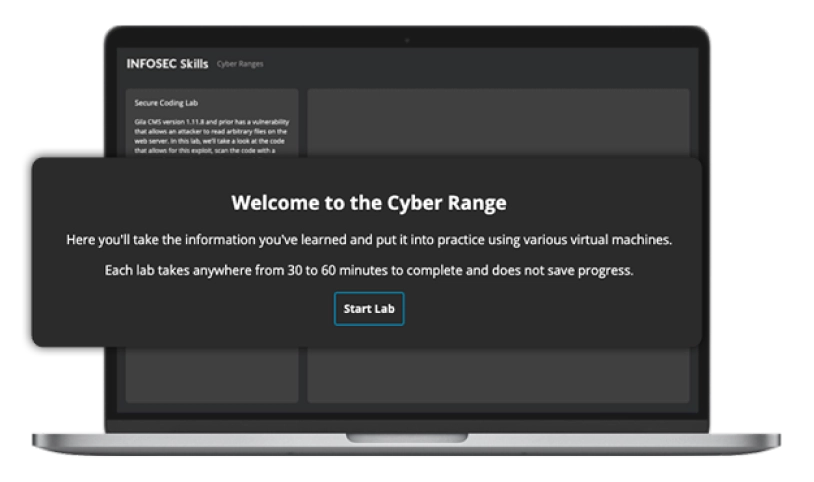
Windows 10 Host Security Learning Path
10 hours, 5 minutes
Quick facts
About this learning path
-
courses
100% online
-
Duration
10 hours, 5 minutes
-
Assessment
questions
About Windows 10 Host Security
Editing policies at both the host level as well as utilizing tools in Active Directory are covered and demonstrated to help keep your data safe, as well as any client data that the hosts may contain. Many different real world examples are presented as well as experiences from the presenter. See how your organization can benefit by protecting your Windows 10 computers from malware, wireless hacking, open firewall ports, browsing the web and much more.
Syllabus
Windows 10 Host Security Skill Assessment
Assessment - 54 questions
Introduction and Overview of Windows 10 Host Security
Course - 00:12:00
Data Security
Course - 01:13:00
Authentication Mechanisms
Course - 00:37:00
Hardening Techniques
Course - 00:46:00
Local Group and Security Policy
Course - 00:17:00
Web Browser Security
Course - 00:14:00
User Account Management
Course - 00:24:00
Application Management
Course - 00:30:00
Certificates
Course - 00:36:00
Auditing Features
Course - 00:45:00
Backup and Recovery
Course - 00:56:00
Wireless Security
Course - 00:35:00
Remote Access Security
Course - 00:24:00
The details
Learning path insights
How to claim CPEs
Should you complete this learning path, you’ll be able to download a certificate of completion. Use this to claim your CPEs or CPUs.
Associated NICE Work Roles
All Infosec training maps directly to the NICE Workforce Framework for Cybersecurity to guide you from beginner to expert across 52 Work Roles.
- All-Source Analyst
- Mission Assessment Specialist
- Exploitation Analyst
No software. No set up. Unlimited access.
Skip the server racks and spin up a realistic environment with one click. Infosec Skills cyber ranges require no additional software, hardware or server space so your team can spend less time configuring environments and more time learning. Unlimited cyber range access is included in every Infosec Skills subscription so your team can skill up however they learn best.

Unlock 7 days of free training
- 1,400+ hands-on courses and labs
- Certification practice exams
- Skill assessments
Plans & pricing
Infosec Skills Personal
$299 / year
- 190+ role-guided learning paths (e.g., Ethical Hacking, Threat Hunting)
- 100s of hands-on labs in cloud-hosted cyber ranges
- Custom certification practice exams (e.g., CISSP, Security+)
- Skill assessments
- Infosec peer community support
Infosec Skills Teams
$799 per license / year
- Team administration and reporting
- Dedicated client success manager
-
Single sign-on (SSO)
Easily authenticate and manage your learners by connecting to any identity provider that supports the SAML 2.0 standard.
-
Integrations via API
Retrieve training performance and engagement metrics and integrate learner data into your existing LMS or HRS.
- 190+ role-guided learning paths and assessments (e.g., Incident Response)
- 100s of hands-on labs in cloud-hosted cyber ranges
- Create and assign custom learning paths
- Custom certification practice exams (e.g., CISSP, CISA)
- Optional upgrade: Guarantee team certification with live boot camps

